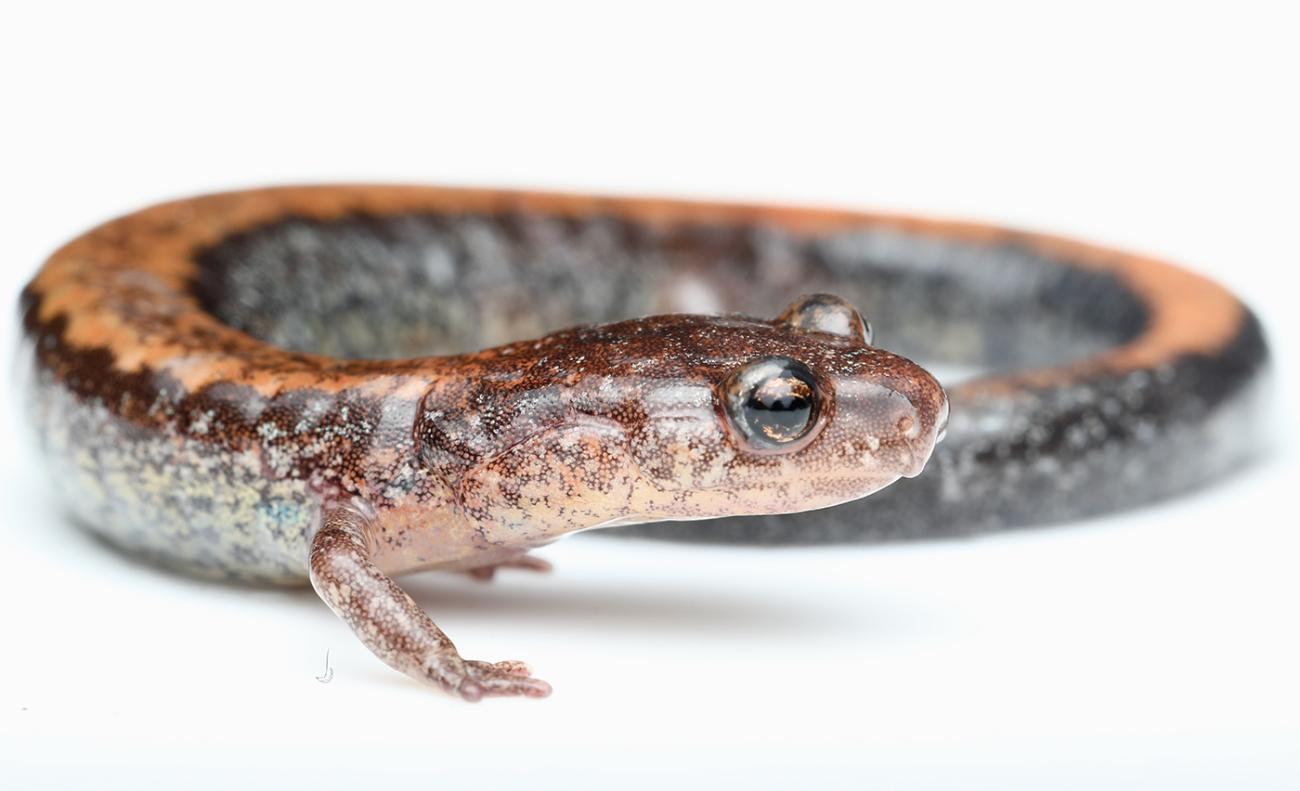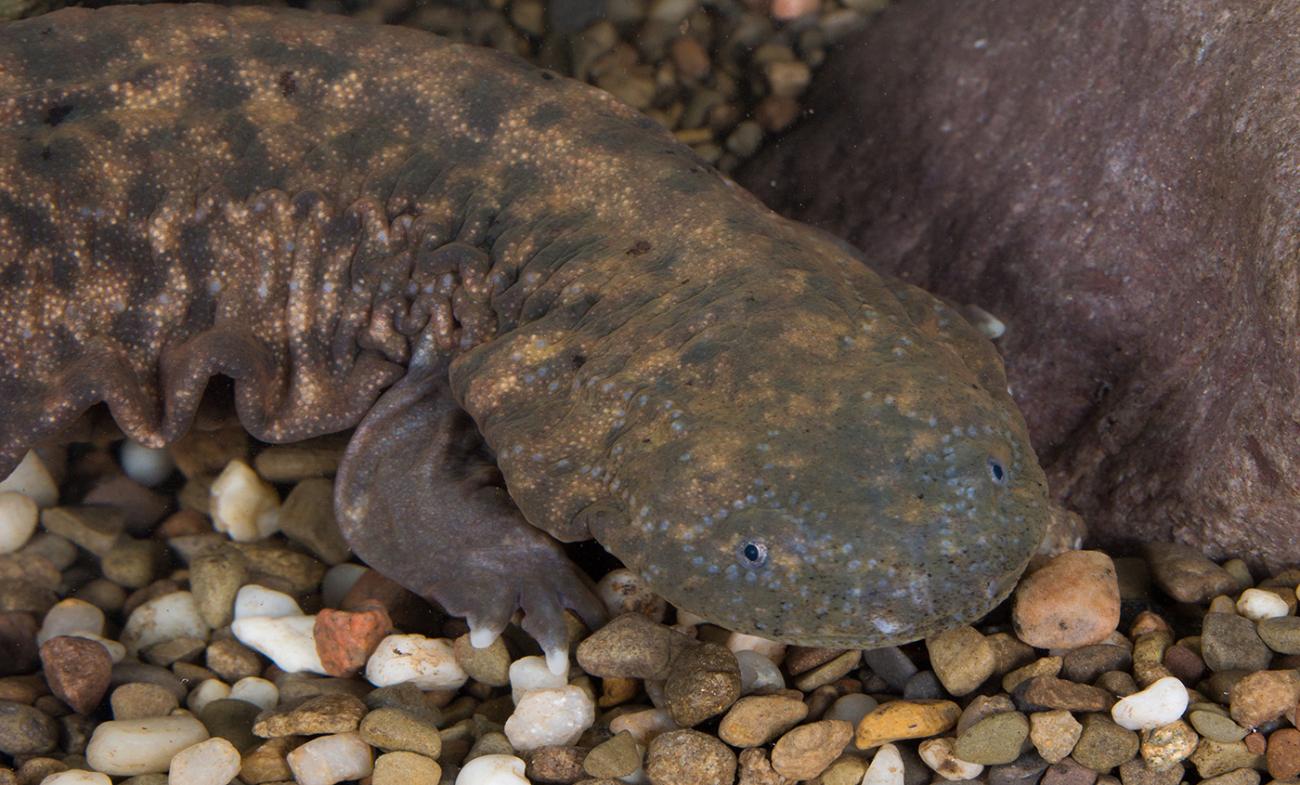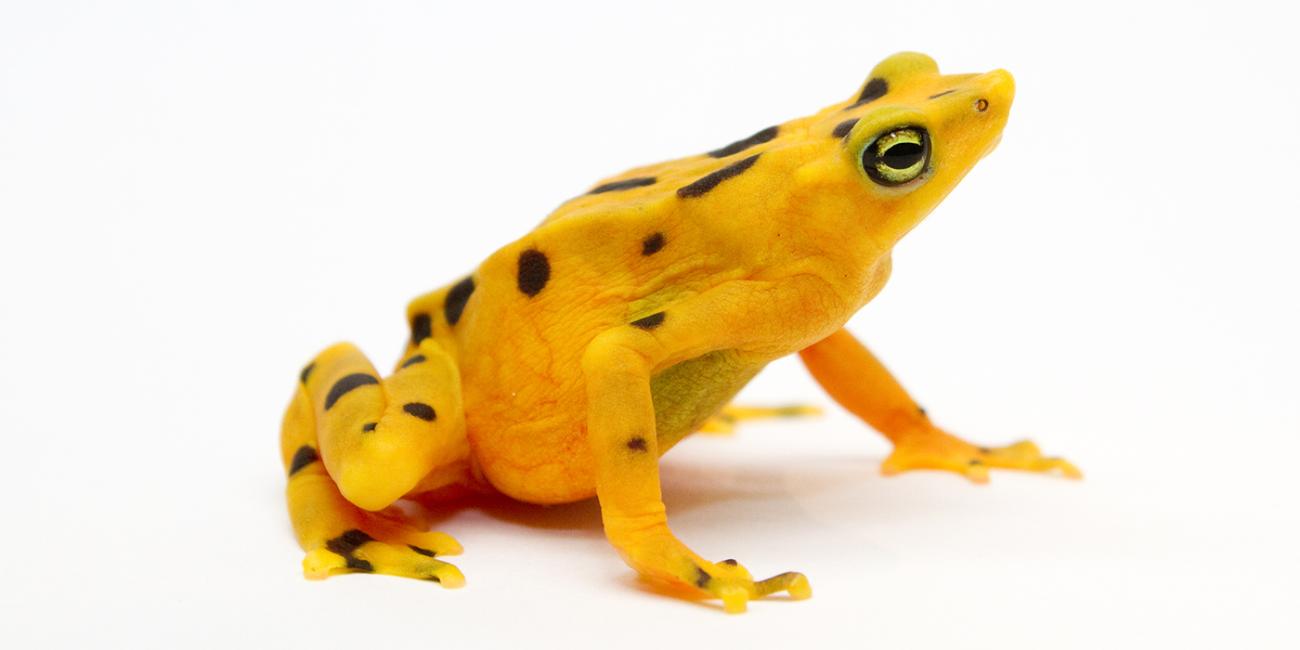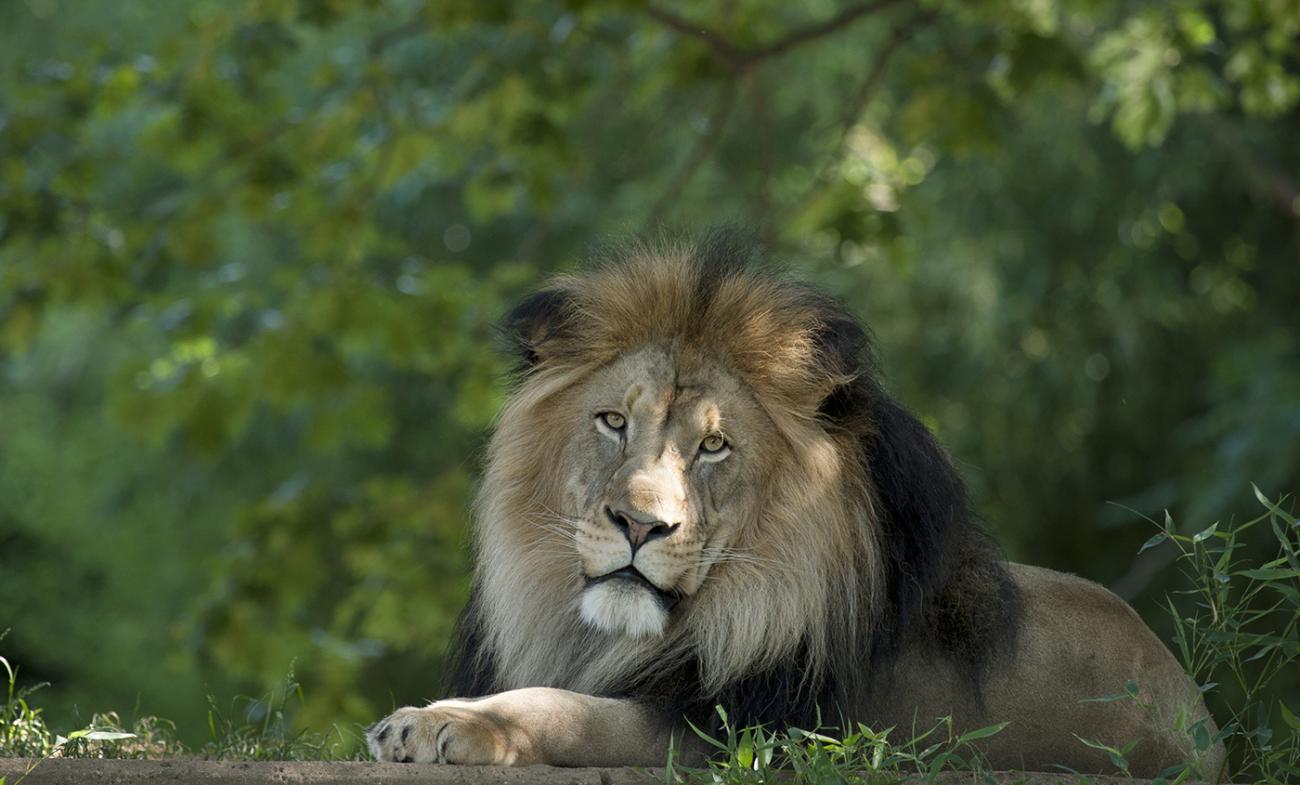Genomics, Transcriptomics and Epigenomics
Genomics, transcriptomics and epigenomics are critical tools for biodiversity conservation. This emerging field helps to ensure that species’ genetic diversity is maintained in future generations. Genomics studies the genome (all of an organism’s DNA) as a whole. Transcriptomics analyses how that DNA is expressed as proteins and other molecules. Epigenomics investigates how the genome is modified such that the DNA sequence does not change, but the organism’s observable traits do. For instance, elephant genomes show different epigenomic modifications as they age, permitting estimates of an elephant individual’s age even though its DNA sequence remains the same throughout life. Center for Conservation Genomics scientists apply these technologies to wide range of species, including mammals, birds and amphibians, and to ancient DNA samples to examine how animal genomes have changed over time.
The Center for Conservation Genomics uses a range of genomic methodologies. Since many threatened species have not been previously studied using genomics, CCG scientists sequence novel complete genomes to fill these knowledge gaps. Previously sequenced bird genomes include the akiapolaau and Nihoa millerbird from Hawaii, the Mariana crow from the Guam and Rota, and Japanese white-eyes. CCG-sequenced mammals include the common raccoon and its relative the kinkajou, Asian elephants and African wild dogs. Additionally, CCG scientists use genomic methods (e.g. RADseq, hybridization capture) that target genes and regions of interest across the genome without whole genome sequencing. These technologies permit us to obtain data from low quality samples (such as museum and non-invasive samples) or to efficiently analyze hundreds of samples simultaneously.
The Center for Conservation Genomics uses transcriptomics to investigate species responses to stressors, most notably pathogens. CCG scientists have analyzed how amphibians respond to infection with chytrid fungus (Batrachochytrium dendrobatidens), a pathogen that has decimated numerous amphibian species. Furthermore, CCG’s researchers have investigated how Hawaiian honeycreepers have responded to introduced avian malaria (Plasmodium relictum), and how birds adapt to conditions at high elevations.
These data permit the detailed examination of how DNA variants differ across space and time and among species, inform captive breeding programs, and help assess responses to stressors such as pathogens and climate change.
Other Species
Japanese white-eye
Lowland leopard frog
Bornean birds
Canids
Elephants
Hawaiian honeycreepers
Mariana crow and other corvids
Reedwarblers
Squirrels
Treeshrews

















